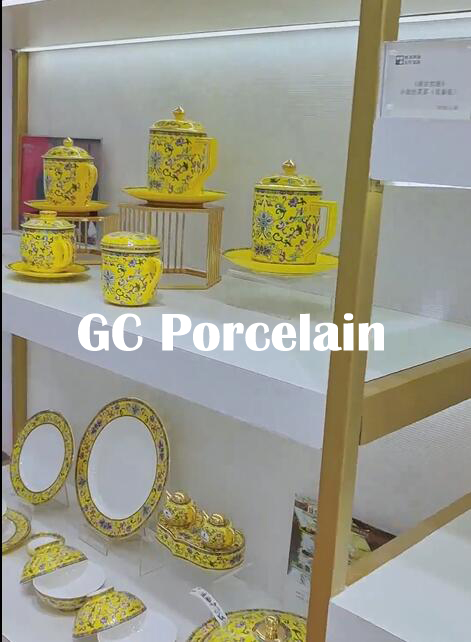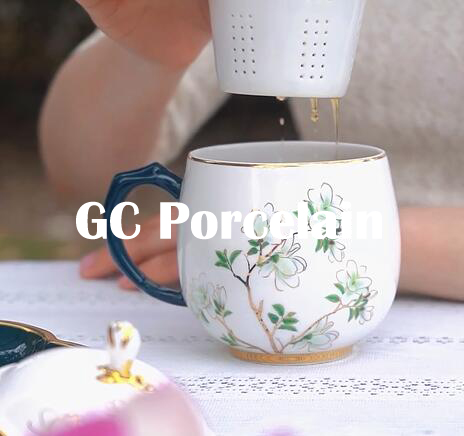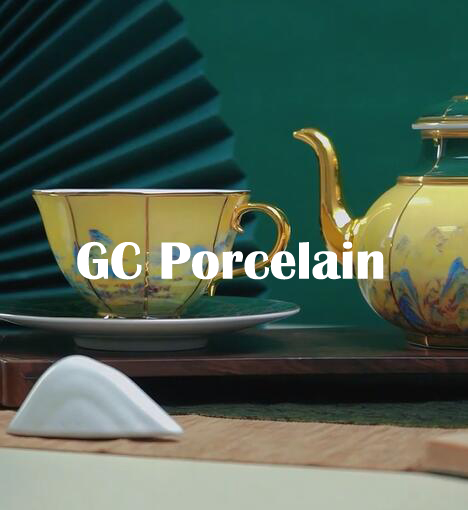I. Introduction
Bone china, the epitome of refined ceramic artistry, is renowned worldwide for its strength, delicate nature, and translucent beauty. A staple in high-end dining and a symbol of luxury, bone china is the Rolls Royce of the ceramics industry.
The ceramics industry owes much to bone china. It has set the standard for quality and aesthetics, influencing trends and encouraging innovation. Its significance cannot be overstated, as it continues to shape the ceramics industry's trajectory.

II. The History of Bone China
Bone china, known as the world's finest porcelain, has a fascinating history that tells a tale of innovation, luxury, and timeless appeal.
The story of bone china begins in the late 18th century in England with a potter named Josiah Spode. He discovered that by adding bone ash to the clay mixture, he could create a type of porcelain that was more durable, translucent, and whiter than any other ceramics. This unique combination gave bone china its distinctive properties and made it highly sought after (Wikipedia, Britannica, Rosie Loves Tea).
Our captivating case study takes us to the Spode manufactory, where the perfection of bone china is thought to have occurred. Despite the death of Spode, the experimentation continued, leading to the creation of bone china as we know it today. This innovation set the stage for a new era in the world of ceramics and established England as a leading producer of the world's finest porcelain (Spode History).

III. What Makes Bone China Unique
The uniqueness of bone china lies in its composition and manufacturing process. The inclusion of bone ash gives it unparalleled strength and a distinctive translucent quality. Its thin, elegant build and brilliant white color are also noteworthy.
Compared to other ceramics, bone china is noticeably lighter, stronger, and more translucent. Its delicate nature often belies its durability, a characteristic that sets it apart from earthenware and stoneware.
IV. The Secret to Creating Stunning Bone China
Bone china creation is a complex process that demands precision and quality.
- Raw Materials: High-quality clay, bone ash, and other ingredients are fundamental to ensure the quality of bone china. The bone ash, usually comprising at least 25% of the mix, gives bone china its distinctive properties.
- Mixing and Blending: The raw materials are mixed and blended to a specific consistency. This step is crucial for achieving the right texture and workability of the bone china.
- Molding and Shaping: The mix is then shaped into the desired form. This requires meticulous attention to detail and precision to ensure the items are symmetrical and free from defects.
- Firing and Glazing: Bone china is fired at a temperature between 2200 and 2300 degrees Fahrenheit. This firing process, along with the application of glaze, enhances its durability and gives it a beautiful, glossy finish.
- Decoration and Finishing: Decorative elements, such as hand-painting or transfers, are applied. This final touch requires a steady hand and a keen eye for detail.
Craftsmanship is paramount in bone china production. Attention to detail, precision in measurements and shaping, and skilled expertise are all crucial to ensure the final product meets the highest standards. Even the smallest imperfections can impact the overall quality and aesthetics of bone china, highlighting the importance of careful and precise craftsmanship.
Note: This is a simplified description of the process, and actual manufacturing techniques may vary depending on the specific material and design requirements.
Sources: The Potteries, Ceramic Arts Network
V. The Art and Aesthetics of Bone China
Design and artistry play a crucial role in crafting bone china. From the initial form to the final decoration, each step is an opportunity for artistic expression. The intricate patterns, delicate shapes, and brilliant colors all contribute to bone china's aesthetic appeal.
Notable examples of bone china artistry include the Royal Albert Old Country Roses tea set, renowned for its floral design and 22-carat gold trim, and the Wedgwood Jasperware, famous for its classical motifs on a matte background.
VI. Bone China's Impact and Presence in Modern Day
Today, bone china is used for a wide range of purposes, from dining sets and decorative pieces to art installations. Its significance extends beyond its functionality, as it continues to be a symbol of luxury and refinement.
Bone china's influence on modern ceramics and pottery trends is undeniable. It has inspired a multitude of styles and techniques, and its timeless appeal continues to set the standard for quality and sophistication in the ceramics industry.
PlayVII. Conclusion
The secrets behind creating stunning bone china lie in its distinct composition, meticulous production process, and the artistry involved. Its unique characteristics, coupled with the skill and dedication of the craftspeople, result in a product that is both functional and aesthetically pleasing.
As we conclude our exploration of bone china, it becomes clear that it is more than just a type of porcelain—it is an art form, a testament to human ingenuity and craftsmanship. With its rich history and enduring appeal, bone china invites us all to appreciate and delve deeper into its fascinating world.
If you have any questions or need to custom dinnerware service, please contact our Email:info@gcporcelain.com for the most thoughtful support!






